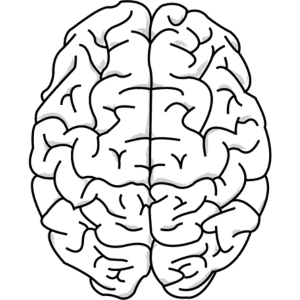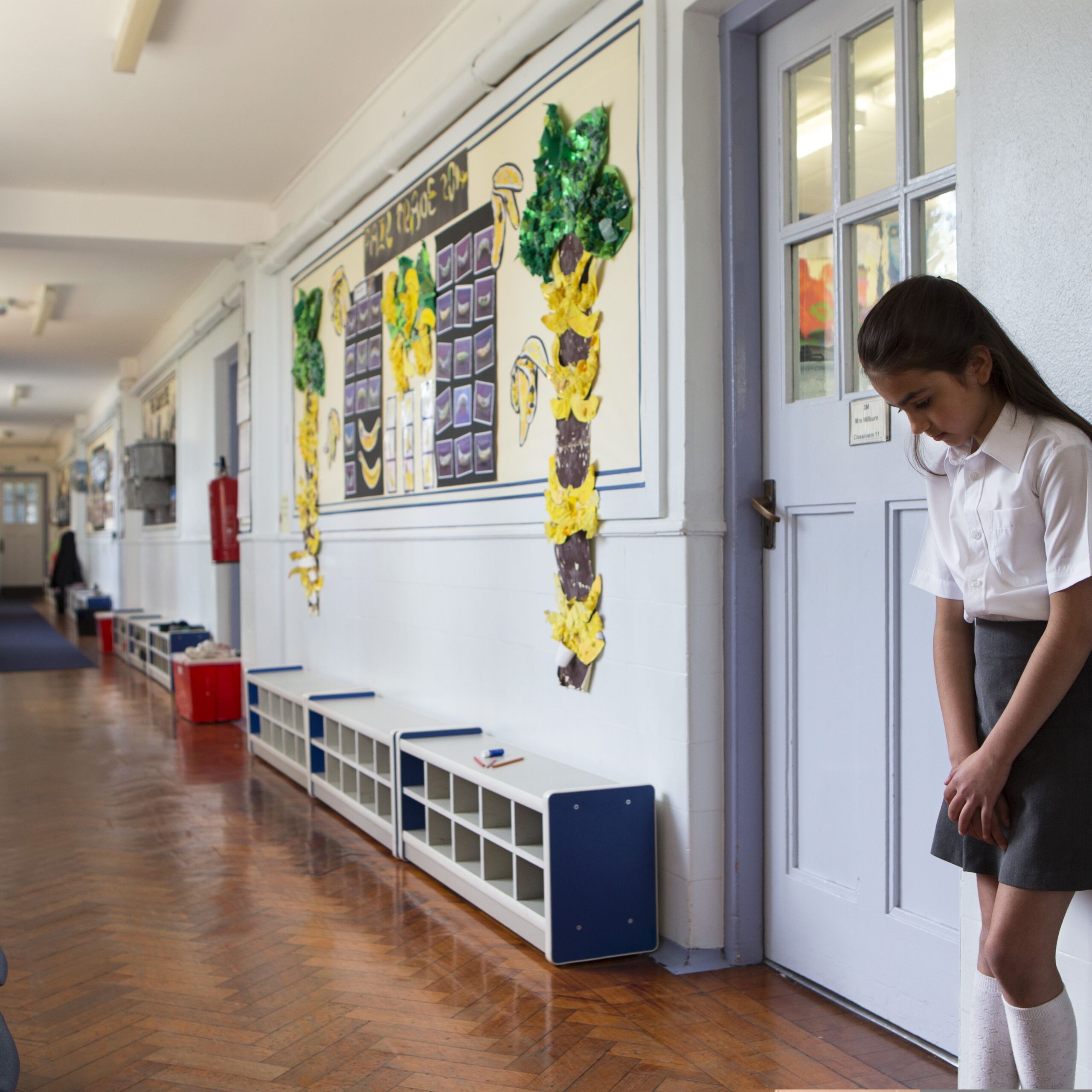Reframing Behaviour as a Skill to be Learned
We can sometimes assume that children and young people arrive at school with the skills they need to understand and regulate their emotions and behaviour. While it’s undoubtedly the case that many youngsters cope well with the ups and downs of the school day, and rarely engage in behaviour that needs support, there are others who may need additional support to navigate school life successfully.
In our recent publication, Creating Consistency: Developing a shared understanding of behaviour in international schools, we explored approaches to behaviour more broadly, but also specifically highlighted the importance of letting go of our assumptions, and reframing behaviour as a skill that can be explicitly taught and learned in our educational settings.
In this blog, we reflect on some of the barriers we might face when it comes to transforming thinking around behaviour, and suggest 4 simple steps that international schools can take to overcome these, and approach behaviour as a skill to be learned.
Empowering young people with the tools they need
One thing we can all agree on, no matter where we are in the world, is that all children deserve to thrive, both academically and emotionally, and to that end, behaviour support can be treated in exactly the same way as any other support mechanism we implement in school.
While some students might need extra help to improve their writing or mathematical competency, others may need a helping hand to get better at recognising their emotions and developing different ways to self-regulate. And it’s not only the students, of course: as practitioners, we may also need help to recognise and understand our own emotions, reflecting on how and why we respond to behaviours in a particular way.
The impact of inclusive environments
Directly teaching about emotions and behaviour is particularly relevant when we consider learners who, in the past, may have attended specialist or alternative provisions. Embracing neurodiversity, across both our staff and student body, and encouraging an inclusive approach to education, requires us to challenge our perceptions of behaviour, moving away from ‘good’ and ‘bad’ behaviour to an understanding that behaviour is a way of communicating.
We can foster an understanding that behaviour is a bit like mastering any new skill: it can take children and young people varying amounts of time and different levels of support to be successful.
Barriers to the teaching of behaviour skills
While we would, of course, welcome the opportunity to incorporate the explicit teaching of behaviour – something that many schools already do – there is the age-old problem of time. Packed timetables and heavy teaching and leadership responsibilities can mean that time is squeezed, and adding anything else in can feel impossible. There is limited capacity, either at leadership or classroom level, to dedicate the time to reflecting on and evaluating current practice.
Even in settings where there is an unwavering commitment to change, and all staff are on board with why understanding behaviour should be prioritised, professional development opportunities are sometimes limited by a lack of high-calibre training providers locally. This makes it tricky to ensure that all staff members receive the training required to understand behaviour, and identify the steps needed to teach appropriate skills and techniques to their students.
However, if we don’t make the teaching of behaviour a priority – either implicitly or explicitly – the ripple effect can be far-reaching, impacting numerous areas of school life, such as academic performance, personal development, and staff and student wellbeing.
Reframing behaviour as a skill to be learned
So, realistically, what steps can we take to change our perspective, and reframe behaviour as a skill to be learned?
1: Audit current systems and processes
To ensure we offer the most appropriate support, we need to review our current systems, taking our local context and the specific needs of our students into account.
Rather than starting from scratch, thorough reviews or self-audits can help us identify where changes can be made to our approach. For example, who is the best member of staff for a particular child to turn to if they feel dysregulated? What resources, spaces, and systems are in place if they are in crisis? What do we already do to systematically teach emotional regulation strategies that equip students to cope well with day-to-day life?
2: Be strategic about where we direct support
While all members of a school community can undoubtedly benefit from learning about behaviour, and developing ways to self-regulate, it may be helpful in the first instance to identify key individuals with whom we can have the greatest impact.
Targeted support, delivered with the backing of parents and carers, can help us to intervene early, and support a child or young person before their behaviour and distress escalates. We can cover areas such as conflict resolution, relationship building, and how to identify and manage difficult emotions.
As with any intervention, this needs to be communicated sensitively and clearly to parents and carers, to encourage them to also be part of the process, sharing and learning from each other to find the best supports for their child.
3: Become role-models ourselves
How many of us truly understand the functions of behaviour, and how the nervous system works? Given that the way we behave is a direct result of the state of our nervous system, it’s imperative that we all have at least a basic understanding of this, not only so we can effectively support students, but also so we can understand ourselves better, and the impact of our own behaviour on others.
Investing in high-quality training and development that looks holistically at behaviour and emotional regulation can empower us with the skills and knowledge we need to model the behaviours we would like to see.
4: Review our curriculum design
When examining our curriculum coverage and teaching timetables, are there opportunities to weave behaviour through our everyday learning opportunities?
Areas such as PSHE present us with a golden opportunity to explore behaviour and relationships, but other curriculum subjects can be useful vehicles for learning, too. For example, children and young people can learn a lot about empathy and conflict resolution through team games in sports. When reading books, we can focus on character emotions and build emotional vocabulary. By being alert to potential opportunities, we can make learning about behaviour purposeful, fun, and engaging.
Building a positive behaviour identity
To successfully reframe behaviour as a skill to be learned depends on the overall culture and ethos of a school. Establishing a coherent, well-embedded behaviour identity that everyone understands and buys into is the lynchpin of this approach.
Schools with a positive, supportive culture value connection and not just correction; they challenge assumptions and prejudice; they embrace and celebrate difference; and, crucially, they meet every child exactly where they are.
It’s never too early, and it’s never too late to reframe behaviour as a skill that we can all learn.
If you’d like to talk to us about your requirements when it comes to supporting behaviour in your setting, please get in touch any time.








